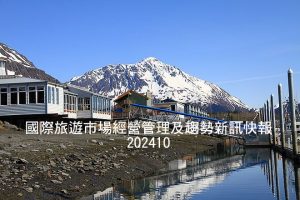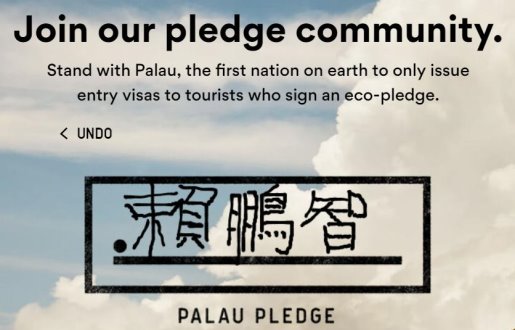
數十年來,全球旅遊業持續發達,成為各國經濟快速增長的支柱之一。聯合國世界旅遊組織(World Tourism Organization, UNWTO)於2017年7月發布統計(UNWTO Tourism Highlights, 2017 Edition),全世界觀光相關產業的經濟效益有:
1.年產值占全球GDP的10%
2.創造全球1/10的工作機會
3.年輸出值為1兆4千億美元
4.年輸出值占全球7%
5.觀光服務占全球服務輸出值30%

聯合國世界旅遊組織並提出底下數字:
- 2015年國際旅客成長4.6%,達到11億8400萬
- 2015年觀光業輸出值為美金1兆5千億美元
- 預估2016年國際旅客成長率為3.5% 至 4.5%之間
- 預估2030前國際旅客數量將達18億
Current developments and forecasts
- International tourist arrivals grew by 4.6 % in 2015 to 1,184 million
- In 2015, international tourism generated US$ 1.5 trillion in export earnings
- UNWTO forecasts a growth in international tourist arrivals of between 3.5% and 4.5% in 2016
- By 2030, UNWTO forecasts international tourist arrivals to reach 1.8 billion (UNWTO Tourism Towards 2030)
不過,觀光業帶來的不僅是經濟效益,也會帶來環境惡夢,旅遊地最常見的環境問題就是垃圾(含菸蒂)亂丟、交通紛亂、車輛噪音與廢氣、生態破壞……等,如果論及文化層面的影響如異文化入侵、商業競爭引起的人心鬥爭、價值觀改變……等以及經濟層面負面影響如房地產高漲、物價上漲、財團進佔,則觀光業有百利也有百害,觀光絕不是經濟萬靈丹,每個地方都不能將雞蛋全部放在觀光這個籃子裡。
帛琉是西太平洋上由200多個石灰岩及火山岩組成的島群,翠綠繁茂的森林覆蓋著群島,四周是藍寶石色的瀉湖,美景天成,為國際海洋旅遊聖地。帛琉人以保有這麼優良的海角樂園為傲,也積極保護他們的家園。帛琉政府有許多在資源保育上的「世界第一」,如2009年率先於全境海域禁補鯊魚、嚴禁毀滅性的海底拖網作業,2015年成立全球最大國家海洋保護區,面積近50萬平方公里,相當於相當於美國加州面積大小,嚴禁商業捕魚和鑽油井,保存原始的自然風貌。
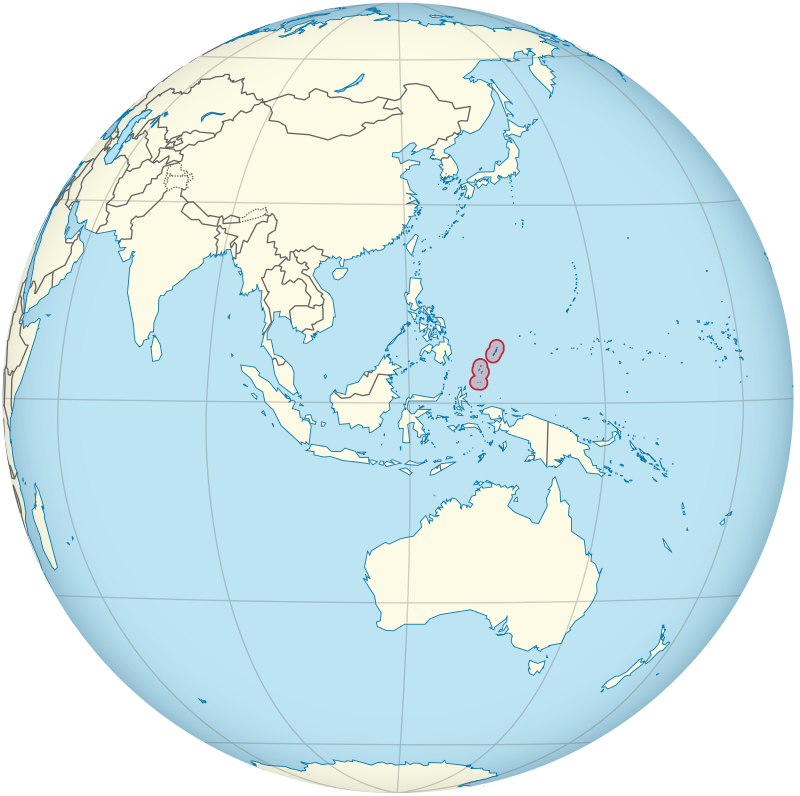 帛琉位置圖,取自維基百科。
帛琉位置圖,取自維基百科。
2002年是聯合國定的「國際生態旅遊年」,當時臺灣是帛琉主要客源之一,臺灣一位學者前往帛琉參加亞洲地區的生態旅遊會議,卻在會中聽到帛琉代表不歡迎臺灣旅客的發言,因為臺灣旅客行為粗魯,在潟湖踩踏珊瑚,把玩無毒水母,甚至互擲水母取樂,讓帛琉人看了痛心。
物換星移,「入侵」帛琉的大宗旅客來源由台灣換成中國大陸,而惡劣行徑變本加厲,造成當地居民許多困擾以及生態的危機,因此帛琉政府在2015年4月起減半來自中國的包機,降低過熱的中國觀光客旅遊潮,以減少對帛琉觀光景觀及自然生態的破壞。
帛琉人口只有2萬1千多人,但帛琉政府統計,2016年入境旅客就有13萬6千多人,其中最多的是中國大陸遊客,有64,685人,佔總遊客的將近一半,也超出帛琉人口3倍以上;第二名是日本28,959人,第三名則為台灣13,788人,第四名為韓國12,340人。
大量遊客雖然帶來可觀的經濟收益,但環境資源遭到無情的掠奪與破壞也是不爭的事實,於是帛琉人有了反省,覺得必須要對外國遊客進行保護環境的宣導及行為規範的要求。
帛琉總統府在2017年12月6日頒布行政命令,自7日起,所有外國旅客在入境通關時其護照內頁會蓋上「帛琉誓詞(Palau Pledge)」戳章,旅客須於欄位上簽名,才能獲准入境,以作為在帛琉旅遊期間「願共同維護環境生態及尊重帛琉文化的承諾」。如果有遊客入境後做出違反誓詞的行為,最高可罰款100萬美元(約3000萬台幣)。
帛琉是第一個為了保護環境,讓孩子及未來世代保有美麗家園而修改入境法令要遊客填生態誓詞的國家。遊客在入境時須在護照上簽署誓詞,保證在島上以可持續生態的方式旅遊。
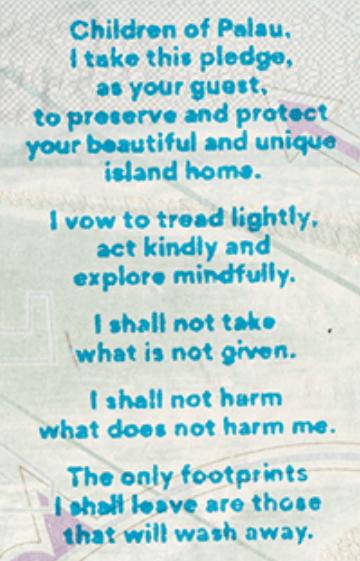 「帛琉誓詞」英文版
「帛琉誓詞」英文版
「帛琉誓詞」有英文、日文、韓文及中文版本,中文版內容如下:
「帛琉之兒女,我身為貴境之客,僅立此誓,以能維衞和保護貴鄉之美麗而獨特的島嶼家園。我發誓會輕手輕腳、行事仁善、小心探索。不是給我的東西,我不會拿走。不傷害我的事物,我不會傷害。我留下的唯一印跡是會衝刷掉的腳印。」
這有錯字(「謹立」、「沖刷」才對)的中文誓詞,帛琉政府是沒有諮詢過中華民國駐帛琉大使館的協助嗎?
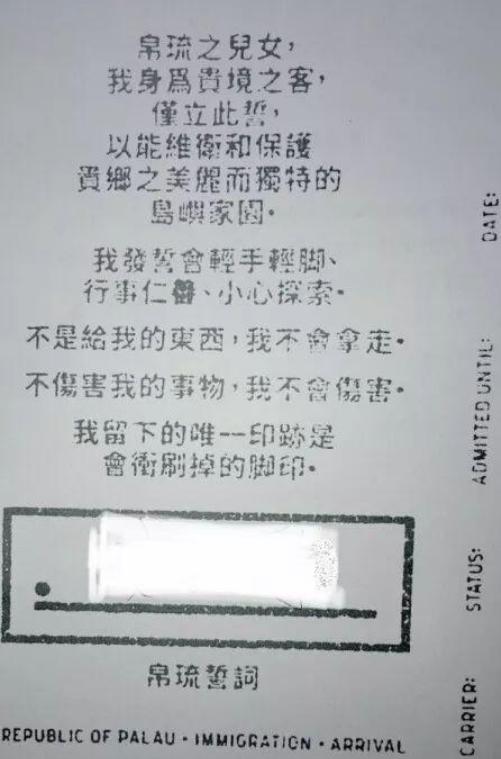 取自https://read01.com/M2zGyoP.html#.WrB2k2puYnQ
取自https://read01.com/M2zGyoP.html#.WrB2k2puYnQ
帛琉當局同時製作宣導影片,解釋為何帛琉會成為全球第一個要求旅客簽署環保誓詞才准入境的國家。這部名為《巨人》的影片,暗示外來的遊客像片中的巨人一樣,隨意破壞帛琉生態,因此當地小朋友不歡迎巨人,除非巨人改變行為。該影片會在每一架飛往帛琉的航班上播放,我真希望每位旅客都認真看過。
帛琉政府列舉了11項遊客入境後必須遵守的行為守則(圖片取自帛琉誓詞網站):
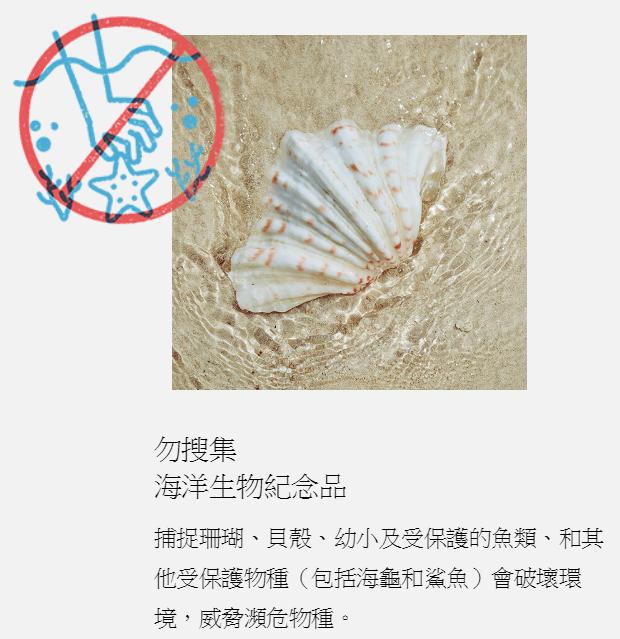
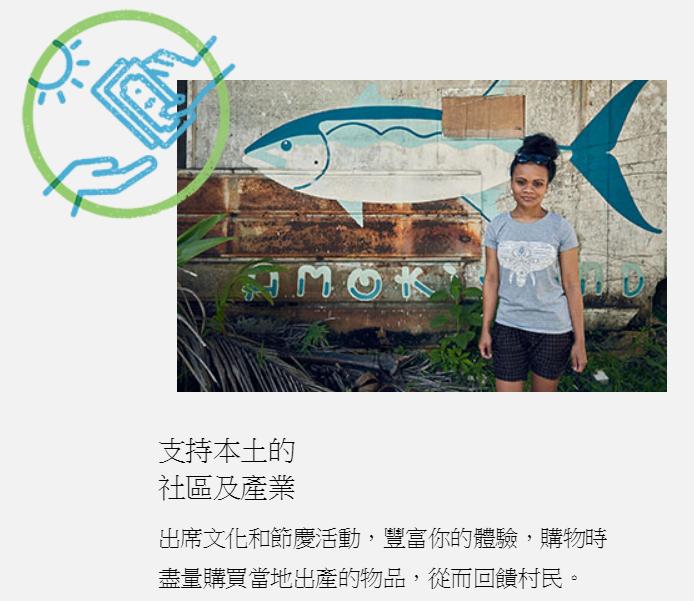
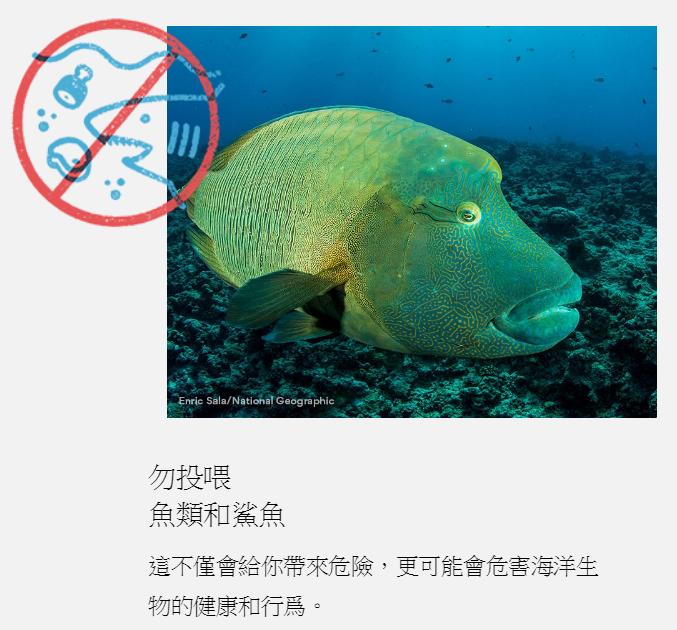
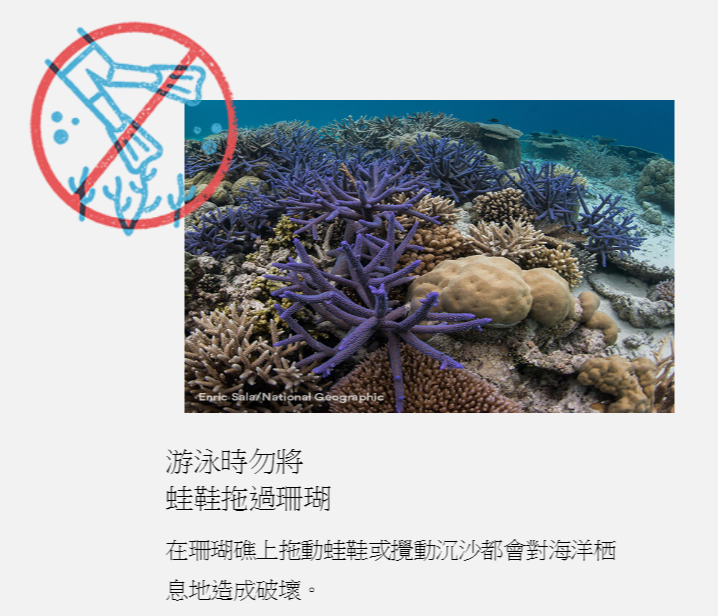

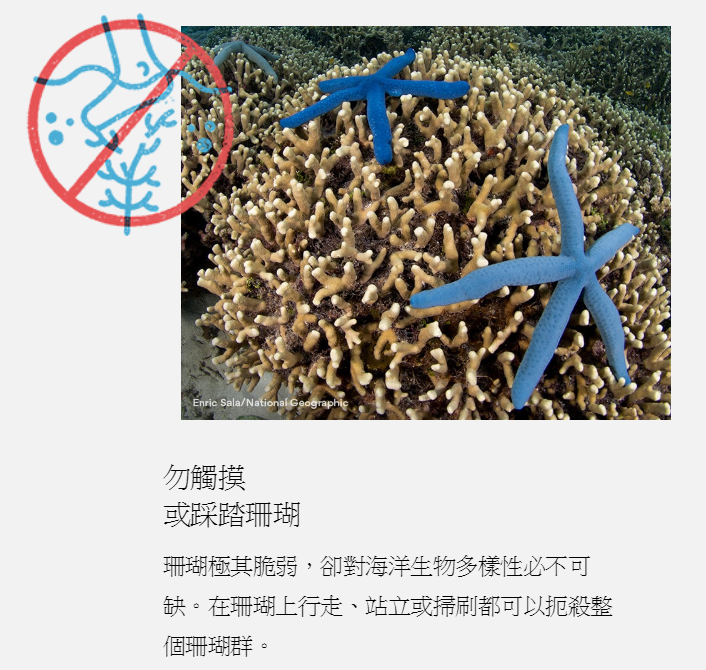
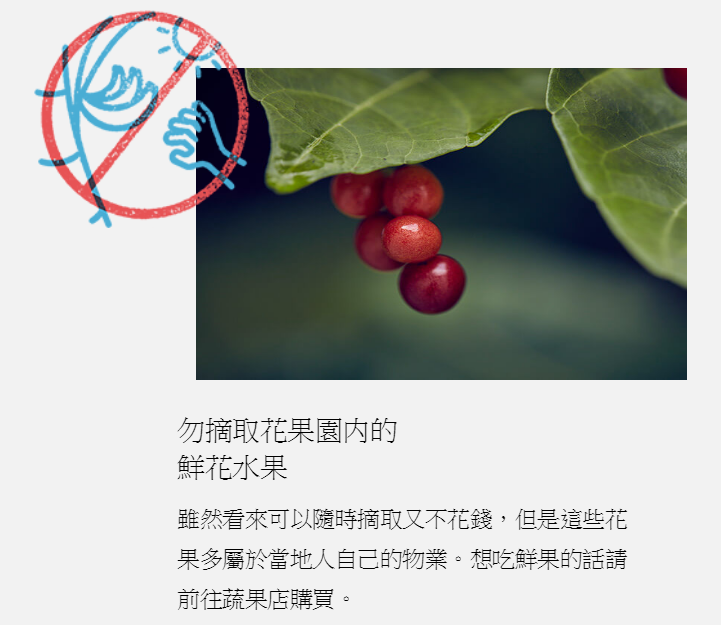
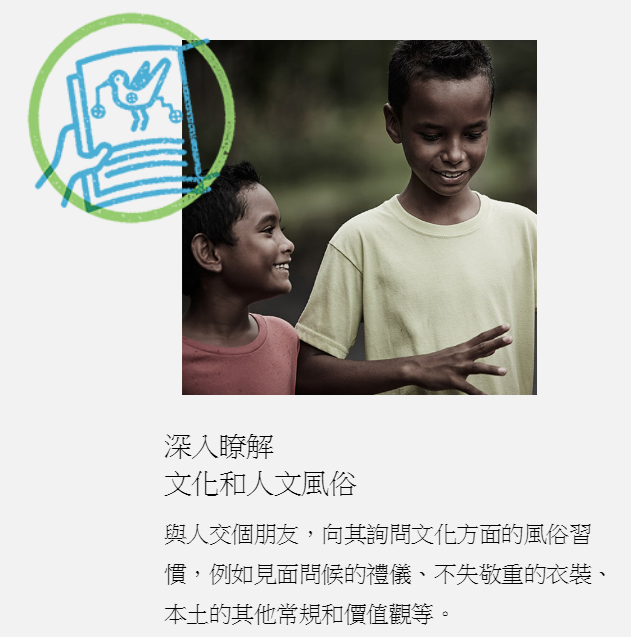
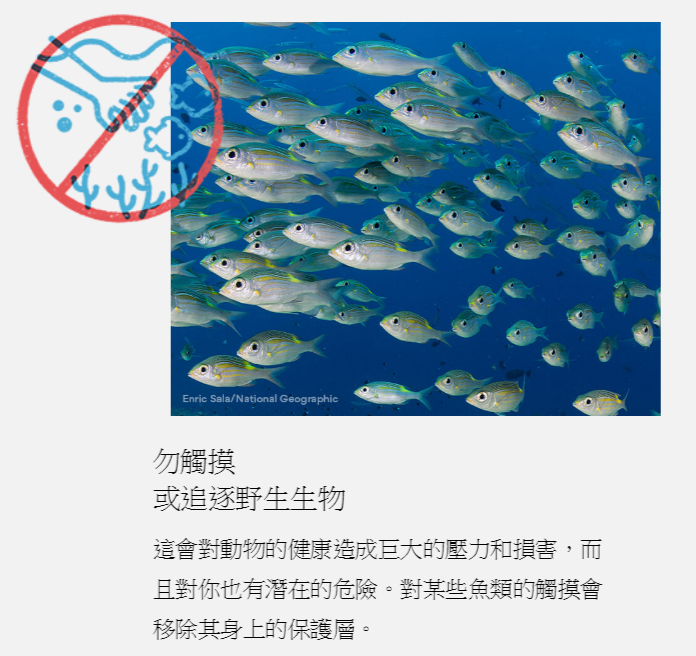
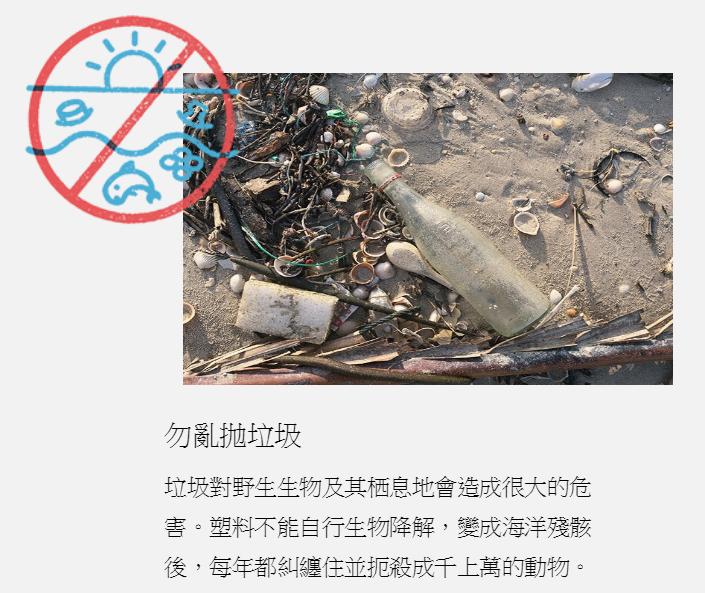
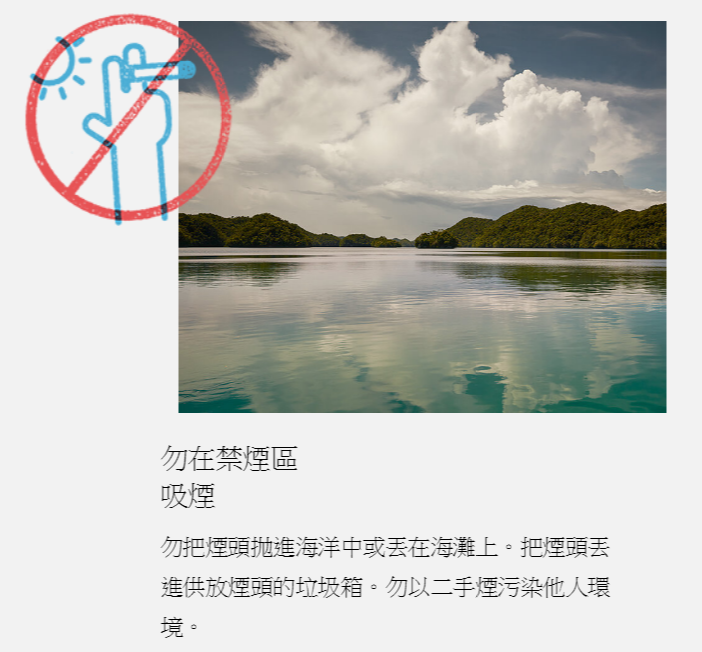
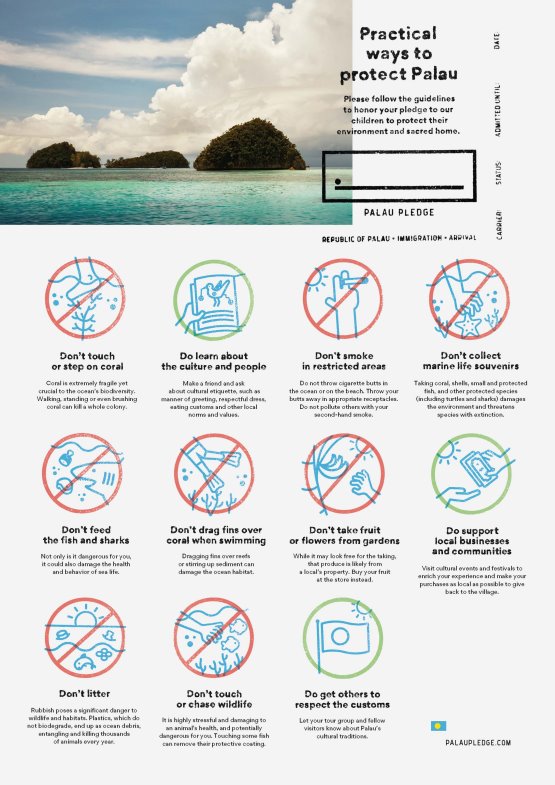 遊客行為守則宣導單張
遊客行為守則宣導單張
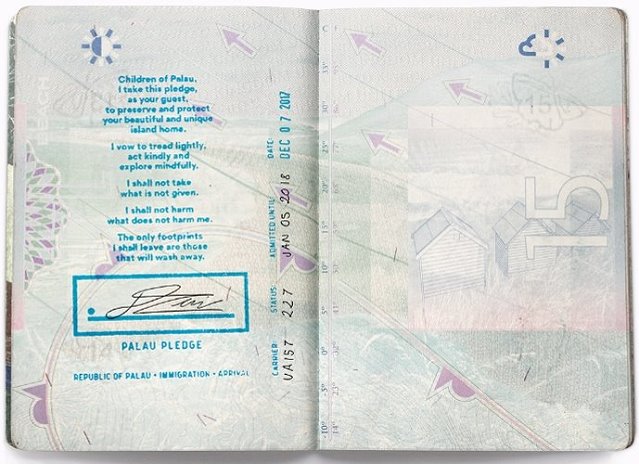 入境帛琉通關時,須在護照上的帛琉誓詞簽名。
入境帛琉通關時,須在護照上的帛琉誓詞簽名。
底下是帛琉總統府於2017年12月8日在臉書發布的訊息,說明為何要改變入境規定,旅客必須簽署生態誓詞的原因:
Q: What is the Palau Pledge?
The Palau Pledge is a world-first initiative that requires all visitors to the country to make a commitment to protecting Palau’s natural environment and respect local traditions. This pledge will be stamped and signed into each visitor’s passport before they gain entry into the country.
This tiny island nation has seen a huge growth in tourist numbers in recent years. With so many visitors, the government recognized the need to make these visitors accountable for their actions to avoid significant environmental damage and cultural disruption. Without this change, degradation over time would put the country’s environment at risk and damage the home of future generations of Palauans. The Palau Pledge was created in consultation with the Palau Government and the island’s youngest citizens, its children.
The Palau Pledge asks guests to take responsibility for their actions and make a conscious effort to tread lightly – to have minimal impact and help conserve Palau (respecting the modern-day BUL) during their stay – so that they can enjoy the many marvels of Palau without taking away from them. The pledge aims to conserve the country’s natural and cultural resources so citizens and guests can enjoy them for years to come.
Q: How will the Palau Pledge change how people visit the country?
The Palau Pledge will be a mandatory part of the immigration process for anyone entering Palau. All visitors must read the pledge and sign their name, committing to make an effort to protect the country’s natural environment and preserve local traditions for generations to come. They will also have to sign a conservation contract as part of the official government arrivals form notifying them of Palau’s conservation laws and the penalties for breaking them.
All Palau Pledge materials including the immigration stamp have been translated into five languages consistent with the key inbound visitor markets of Japan, USA, Korea, Taiwan and China. By doing this, visitors will be able to clearly understand what is expected of them.
Q: Why is the country changing is immigration process?
As Palau continues to grow in popularity as a tourist destination, the government and associated community groups have recognized the need for stronger controls to protect the country’s natural environment.
Many visitors to the country don’t even realize that their activity can have an impact on the environment but small changes can lead to big impacts if left unchecked.
The Palau Pledge hopes to connect with visitors as they enter the country and speak directly to them to ask them to be considerate of Palauans’ home. It aims to: encourage environmentally sound habits in visitors, cultural exchange and respect for local traditions, to ensure the preservation – even betterment – of holiday destinations; teach visitors more about their surroundings and help them experience the country the way Palauans do – gently and with a focus on making sure Palau remains one of the most beautiful places on earth; ensure that tourism has a positive impact on Palau, because anything less is not sustainable.
Q: What does Palau hope to achieve with the Palau Pledge?
The Palau Pledge is about raising awareness of the environmental issues associated with tourism to change how people travel and interact with the environment while on holiday.
People travel to these beautiful places precisely because they are pristine, unique and offer something that they can’t see at home. Since tourism occurs in environmentally fragile areas rich in biodiversity (like Palau), its impact on the environment is significant. But guests to Palau – and any other country – need to be respectful of the environment and culture they are visiting to make sure they leave each place as they find it for future visitors and future generations to enjoy. The aim is to set an example for visitors to the country. The hope is that after they leave Palau this will also make them think of their own country’s future and how to treat the earth with due respect.
Q: How can you measure the impact of the Palau Pledge?
Palau is an example of a pristine environment rich in biodiversity and a haven for endangered species. The impact of mass tourism for Palau will be slow to fully realize. The reefs will be broken and polluted, affecting the health of the ocean and speeding up the devastating effects of climate change on a small island nation. Trash and chemicals will clog beaches and effect the health of its rare wildlife and environment. Endangered species will become scarcer and could disappear forever. But by making changes now, the hope is to reverse this process to preserve and protect Palau.
Palau already has existing laws to protect the environment. One outcome of the Palau Pledge is to empower enforcement officers to impose existing laws.
Over time, as the message of the Pledge effects the broader awareness, Palau will see an increase in compliance with guidelines and environmental laws associated with the Pledge from its visitors.
In the long-term Pledge aims to protect the rich biodiversity of the natural environment creating an
eco-system that is resilient to climate change and the other stressors that Palau faces in coming years.
Q: Who came up with the idea of the Palau Pledge?
A local community group, the Palau Legacy Project, partnered with Australian communications agency, Host/Havas Australia to come up with a way to counteract the environmental and cultural impacts caused by mass tourism and encourage a new model of conscious tourism, ensuring Palauans can properly manage the natural and cultural resources on which they depend. After all, tourism shouldn’t be a one-way street. Everyone involved should be benefiting from it.
The Palau Pledge was conceived in collaboration and consultation the children of Palau and many local groups and leaders including: the Office of the President, Palau Conservation Society, Palau Visitors’ Authority, elected and traditional leaders, and government ministries including the Ministry of Justice and the Ministry of Education. The Palau Pledge has been devised to make visitors and residents alike aware of the impact of their actions and show them they have an important role to play in protecting the environment and culture of this incredible country for future generations.
Q: How long did it take to create the Palau Pledge?
It has taken more than 18 months from when the idea of the Palau Pledge was first conceived, to today. In that time, we have made changes to the immigration process, while residents and tourism operators have been educated on the changes and resources that have been created to show visitors how they can play their part in protecting Palau.
Palau Conservation Society in partnership with the Ministry of Education is currently training school principals and science teachers on the concepts of the Palau Pledge to introduce it to Palau’s children via the school curriculum.
Q: Why now?
Palau has seen continued growth in tourism, particularly in the last three years. If action is not taken now, it will get to the point where it is too late to protect some of the most unique parts of the country, such as the stunning UNESCO World Heritage listed Rock Islands or the treasured Jellyfish Lake.
Q: Why Palau?
Palau has a proud history of conservation – in 2015 it created The Palau National Marine Sanctuary to restrict fishing and preserve the ocean for future generations. The 500,000 square kilometre sanctuary is now the largest fully-protected, no-take zone in the world – the equivalent size of France! Palau also created the world’s first shark sanctuary in 2009 with Palau leading the way in the Pacific to create a
network of marine protected areas that will ensure one of the world’s most pristine marine ecosystems is preserved.
While Palau is a small island nation, its efforts to mitigate the cumulative effects of mass tourism can be seen on a global scale. By taking steps to sustainably manage and educate its tourist population, Palau hopes other countries will also take action to protect their most valuable natural and cultural resources.
Q: How long will the Palau Pledge be in place?
The Palau Pledge will remain an immigration requirement for entry into Palau ongoing. It will be stamped into the pages of all visitors’ passports before they come into the country as a reminder of their role in helping us look after our country’s environment and local traditions.
Q: What happens if I don’t sign the Palau Pledge?
As with any entry process, all visitors seeking to enter Palau will be required to sign the Palau Pledge as a sign that they will respect Palau, Palauans and the fragile ecosystem.
Q: What is the Palau Legacy Project?
The Palau Legacy Project was created to protect Palau’s pristine paradise from erosion and degradation caused by tourism and human impact. It was founded by a team of passionate, local volunteers with business and marketing backgrounds who saw a gap between Palau’s conservation culture and laws and the behaviour of visitors to the country. The Palau Pledge campaign was designed to bridge that gap and inspire behavioural change.
The project aims to communicate with all visitors in an accessible, engaging, positive way to help them understand the vital role they play in protecting Palau for the next generation and beyond. Ultimately, it aims to ensure that the children of Palau have a home and a future to pass onto their children one day.
The Palau Legacy Project is a direct outcome of the Palau National Marine Sanctuary which protects Palau’s oceans and wildlife for the good of Palau’s people and the rest of the world.
Q: How is the Palau Pledge initiative being funded?
Host/Havas has undertaken to create the Palau Pledge as a pro-bono project – all time spent on the creation of the project and collateral is FOC.
To cover the hard costs of the campaign the Palau Legacy Project has received funding via its affiliated NGO, Friends of the Palau National Marine Sanctuary, from the following partners: the Republic of Palau, PEW Charitable Trusts, The Oak Foundation, Palau Visitors’ Authority, Ocean Sanctuary Alliance, Canada small grants fund and local private sector.
Long-term the Palau Pledge will be institutionalized by Palau Visitors’ Authority, the Ministry of Justice, Ministry of Education and other government ministries, in addition to local NGOs and conservation groups. Funds for the upkeep of the campaign will be allocated via these organisations’ annual budgets.
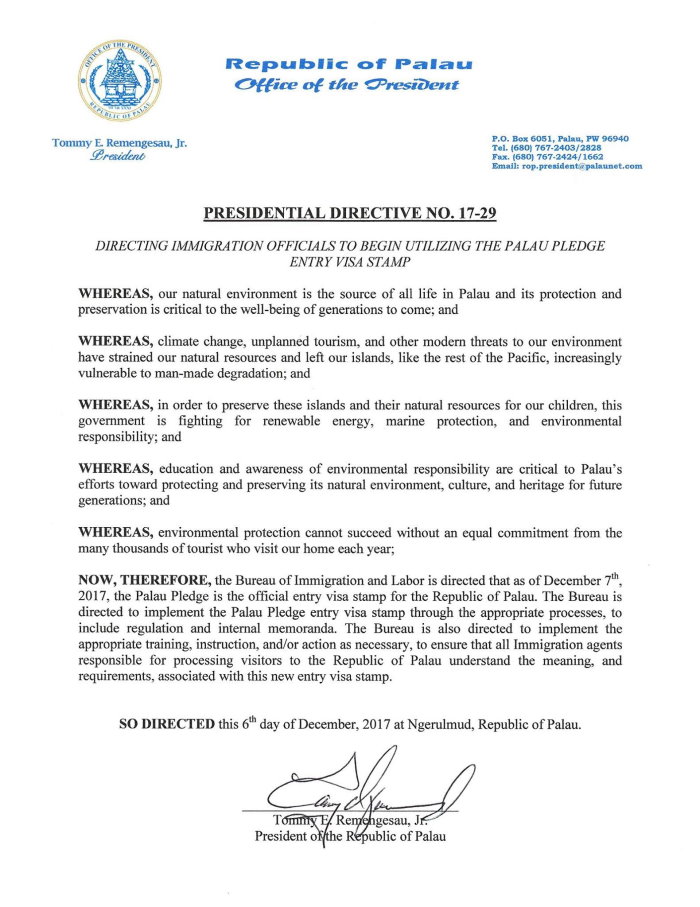 2017/12/06帛琉總統簽署入境旅客須簽帛琉誓詞的行政命令
2017/12/06帛琉總統簽署入境旅客須簽帛琉誓詞的行政命令
希望全世界的遊客不只到帛琉要遵守行為規範,尊重文化、保護環境、愛護生態、利益社區,而是在地球每個角落旅遊時都能這樣,讓環境可以永續,讓文化可以發揚,讓生活可以改善,讓歡樂持有尊嚴,這才是觀光發展的真諦。
延伸閱讀:

